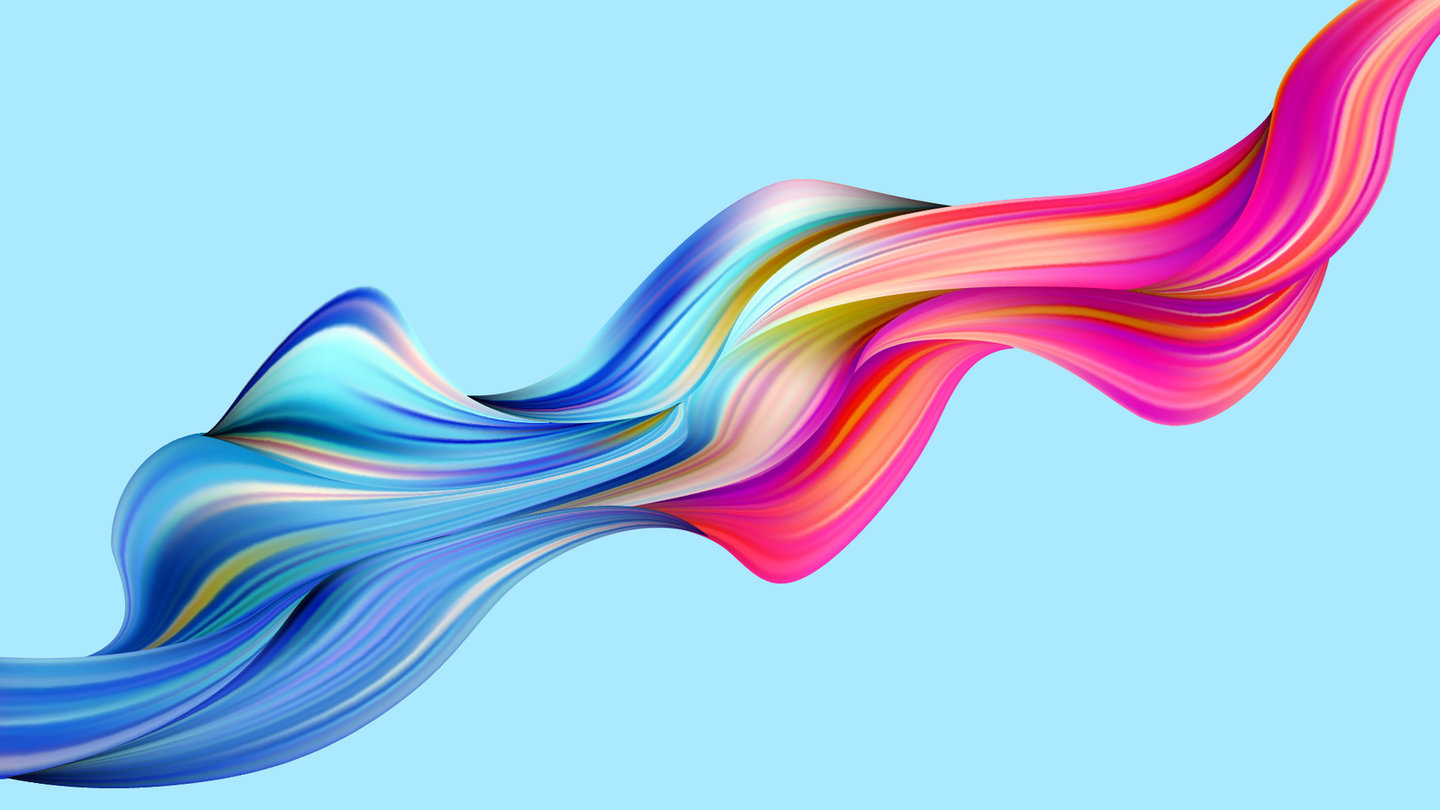DESIGN
How pace and politics signal a new era for packaging and colour
One of the most dominant aspects of packaging is colour and although it may not be the most prevalent trend, it is still an evolving element. Richard Bracewell, marketing & technical director at James Cropper, explains how colour trends are changing.
Image courtesy of Anna Schlosser / Shutterstock.com
Packaging and colour both work to attract consumers in the first instance. However, today, colour trends for both packaging and brand identity have become incredibly complex, defined primarily by multiple factors, all changing at pace. Demand for product differentiation, changes in technology and moves to create an industry which is at the cutting edge of sustainable practice, mean that we need to look more closely at what’s driving and shaping colour trends.
We work with brands, creatives and designers from all disciplines; the people at the coal face of the packaging design process so to speak. Their work is influencing and shaping the packaging industry and its trends. So, in order to find out what is driving the colour choices we see in packaging today, we talked to 500 UK designers for our Progressive Palettes Report.
Technology drives a landslide of change for colour
Strikingly, we found that the biggest driver of colour for packaging design in 2019 has moved from fashion to social media in a landslide of a change in just a decade. But it doesn’t stop there; 80% of designers predict that technology will become the biggest influence on colour by 2030.
We’ve felt this acutely, and wholeheartedly agree with the direction of things. In fact, our own technological advancement has placed us at the cutting edge of the packaging industry.
We introduced the world’s first technology to turn used coffee cups into beautiful paper and packaging in 2013, meaning the technological barrier to recycling coffee cups has become a thing of the past. To date more than 100 million cups have been given a second lease of life at our CupCycling plant, and in turn the demand and our ability to deliver luxury packaging and papers designed for a fully circular economy is greater than ever.
Personalisation, politics and sustainability drive brand identity
The rapid pace of change doesn’t shock me; we’re an industry which excels at innovation, and with that comes a need for speed, agility and the ability to adapt. What I find surprising is the impact that seemingly unconnected things have on brand identity and packaging specifically. The top five influences designers cite as impacting the colour choices made for brand identity and packaging are personalisation, Brexit and the Trump era, the unboxing trend, sustainability and the gender debate.
Take sustainability for example; who could have imagined how much prominence recycling of coffee cups and the plastic crisis would gain in the national consciousness? But for 73% of UK designers, this is also having an impact on the briefs they receive, the materials they specify, and the colour choices they make every day. In turn, the task for the packaging producer is to create with a sustainability-first mindset. It’s no longer good enough to solely look good.
Or politics; we’re living in a particularly charged time here in the UK and the future is uncertain. The industry is watching and waiting to adapt to Brexit, whether it be connected to changes in prospects or workforce, or repercussions right along the supply chain. At the same time, politics abroad has never felt so close to home. For UK designers and packaging producers, their work is being shaped by this whether they realise it or not.

Packaging becomes more progressive, political and environmental than ever
So, what’s clear is that our work is more progressive, political and environmental than ever. What’s incredibly refreshing is the industry’s role in connecting to consumers on an even deeper level. Eighty per cent of designers say consumer desire for individuality and personalisation is having a significant impact on the colour choices that brands make, from monogramming at the point of purchase to offering customers multiple colour and design options on gift packaging becoming more prevalent than ever.
At James Cropper, we’ve had designers in pursuit of a completely unique approach come to us with jewellery, wedding dresses, flowers and even a skirting board for us to colour match. Luckily, with some 200,000 colours stored electronically, and the ability to create almost any colour, this is not a problem, but it demonstrates the increasingly broad role of the designer in the modern context, and the trends shaping their work.
But it doesn’t stop at colour. The joy of this material is that paper and packaging can be entirely bespoke too, from the individual fibres selected to create a paper recipe to the ways they’re engineered, coloured, converted and embossed. The creative possibilities are endless.
The paper packaging industry has so far successfully shifted on its axis to stay ahead of the game, whether it be through design, bespoke colour creation, sustainable materials, manufacturing processes, or simply holding a mirror up to the rest of the world. To keep momentum, it’s essential we continue to invest and innovate, while acknowledging the role designers play in navigating this complicated landscape and driving trends forward. Our new Progressive Palettes Report is designed to inform designers in the packaging industry to do just that.